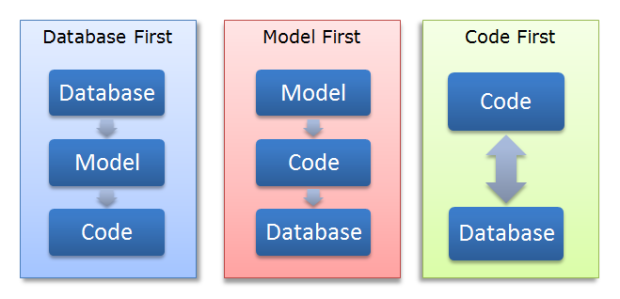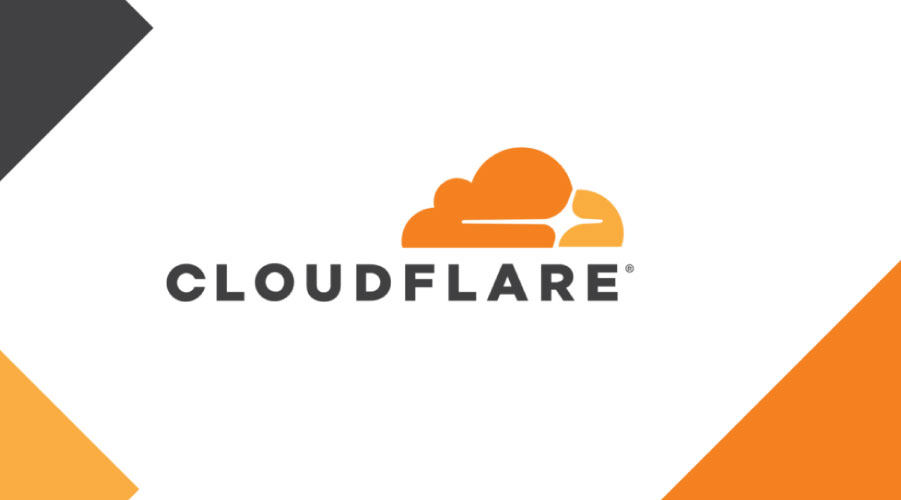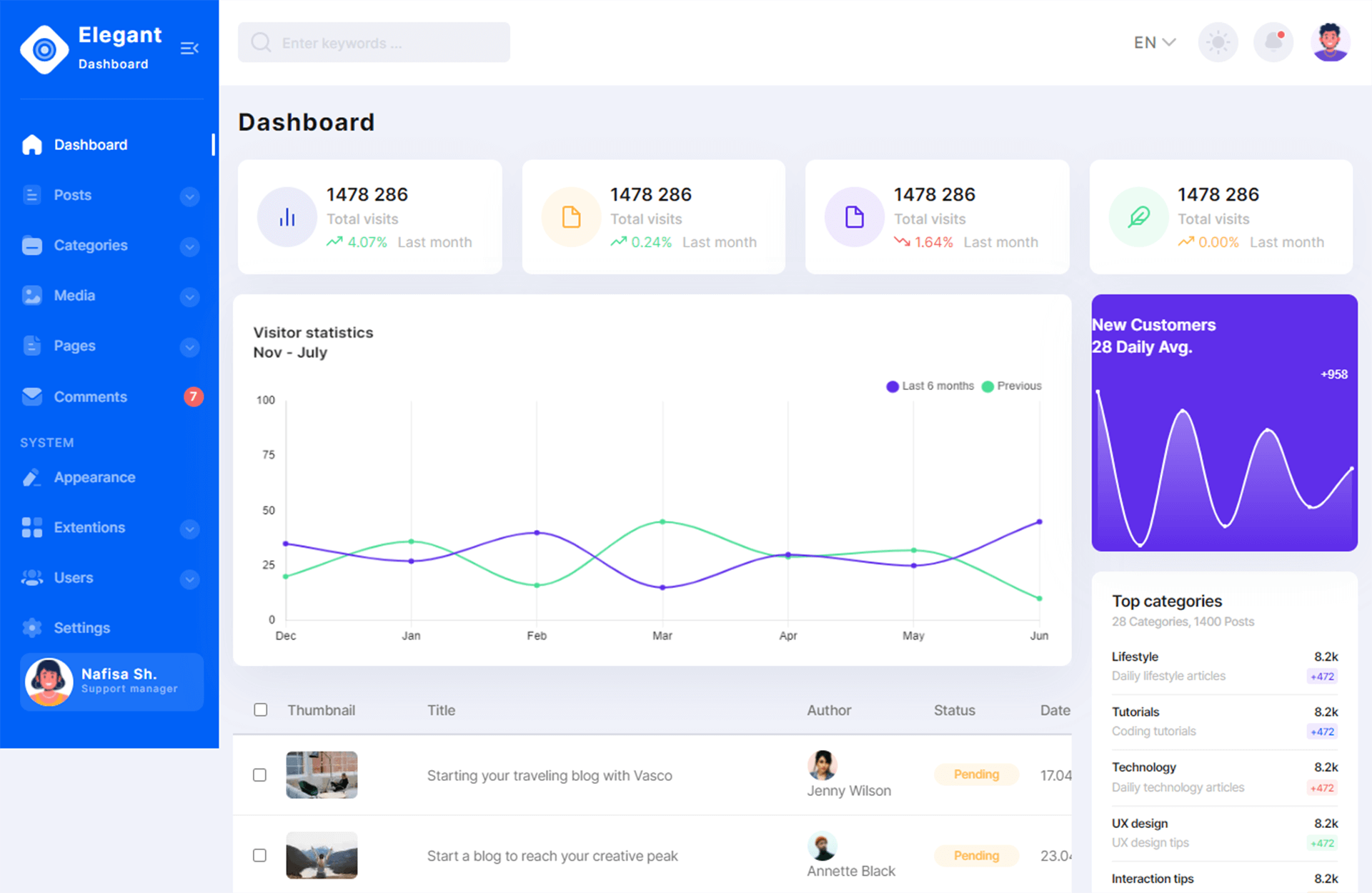Search
How to use immutability in C#
By Tan Lee Published on Jan 06, 2025 189
Immutability, a feature in functional programming languages, simplifies writing, testing, and maintaining programs.
Read moreHow to use closures in C#
By Tan Lee Published on Jan 05, 2025 242
Closures in C# enabled through anonymous methods, lambda expressions, and delegates improve code robustness, efficiency, readability, and maintainability by allowing functions to access non-local variables.
Read moreHow to use Task.WhenEach in C#
By Tan Lee Published on Jan 05, 2025 392
The upcoming .NET 9 release introduces the Task.WhenEach method, allowing developers to handle asynchronous tasks more efficiently.
Read moreHow to use jagged arrays in C#
By Tan Lee Published on Jan 04, 2025 258
Jagged arrays are a type of multi-dimensional array that allows each row to have varying lengths, which can improve performance when working with arrays.
Read moreHow to use extension methods in C#
By Tan Lee Published on Jan 04, 2025 245
In C#, extension methods allow you to add functionality to existing types without modifying or inheriting from them.
Read moreHow to use System.Threading.Channels in C#
By Tan Lee Published on Jan 03, 2025 398
The System.Threading.Channels namespace in .NET Core enables the implementation of the asynchronous producer-consumer pattern.
Read moreHow to handle exceptions with asynchronous in C#
By Tan Lee Published on Jan 03, 2025 585
Exception handling in asynchronous code differs from synchronous methods in C#.
Read moreHow to use default interface methods in C#
By Tan Lee Published on Jan 03, 2025 338
C# 8.0 introduced default interface methods, allowing you to add new methods to an interface without breaking existing implementations.
Read moreHow to use projections in C#
By Tan Lee Published on Jan 03, 2025 268
Projections in C# allow you to transform an object into a new form by selecting only the properties you need.
Read moreHow to use inversion of control in C#
By Tan Lee Published on Jan 03, 2025 277
IoC and dependency injection (DI) both aim to reduce dependencies between components, enhancing testability and maintainability.
Read more





